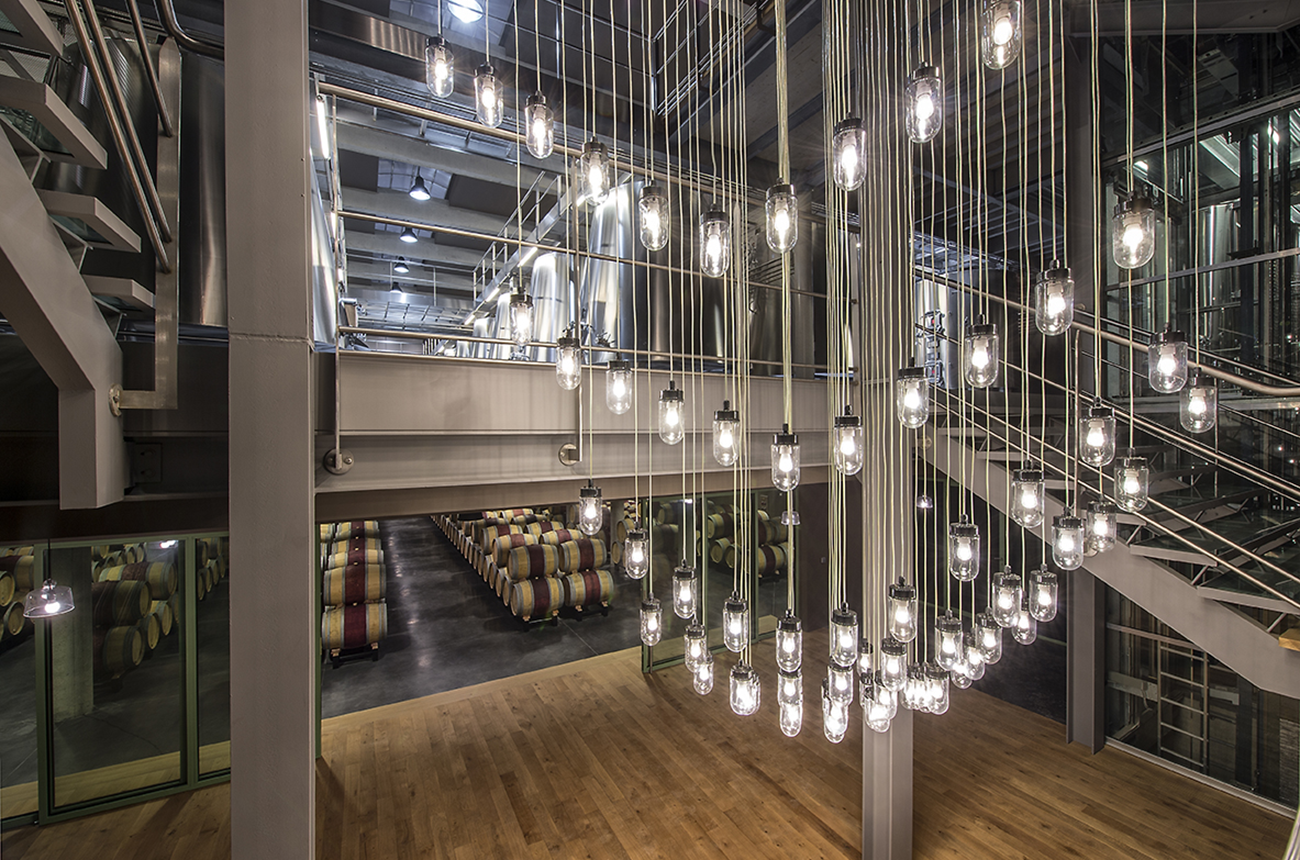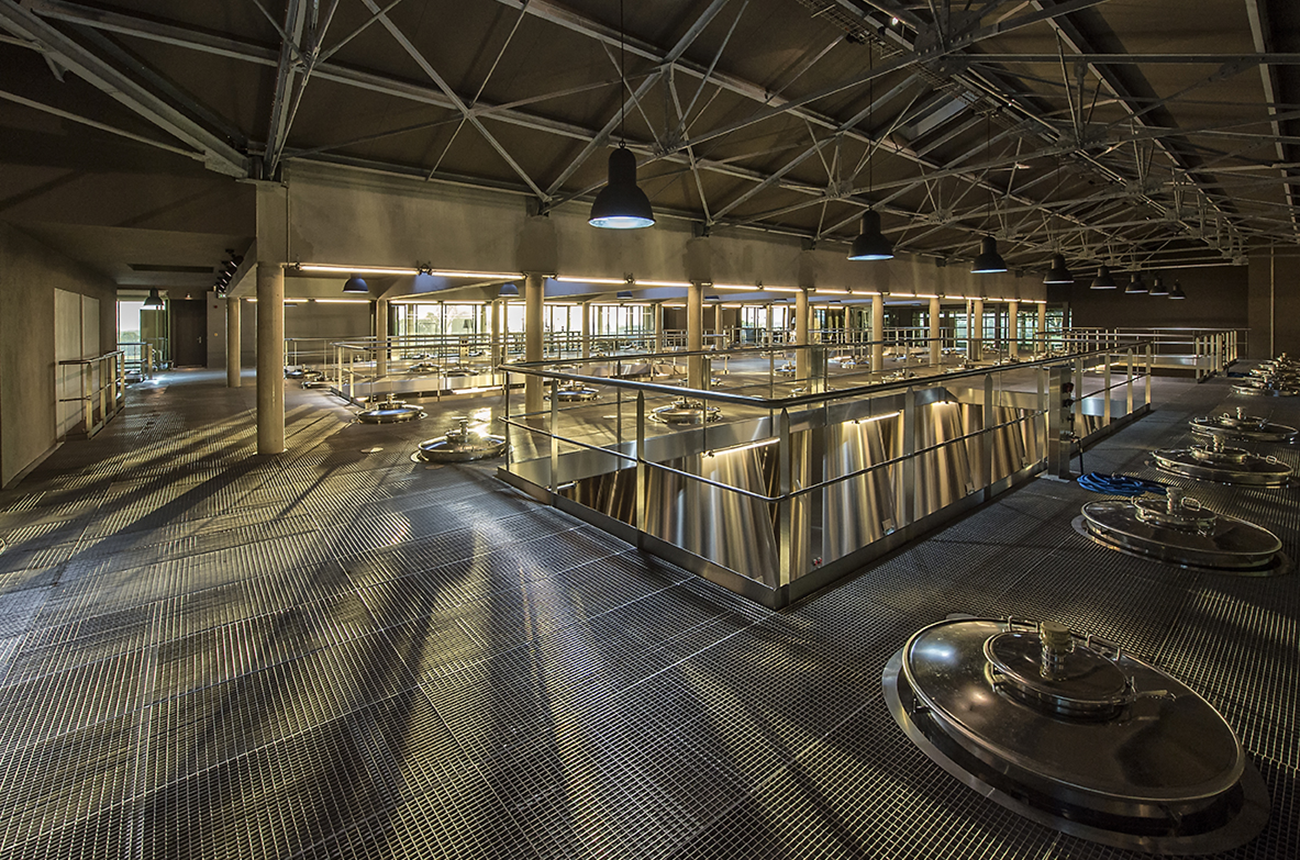The first vines were planted on this gravel based estate in the end of the 17th century.
In 1850, before passing away , the Baron Joseph de Pichon Longueville shared his vineyard between his two sons (Pichon Baron) and his three daughters; one of whom, Virginie, married the Comte de Lalande and became Comtesse. She took up the management of the estate, creating the name Château Pichon Longueville – Comtesse de Lalande.

From 1925, the Miailhe Family took up the reins of this very unique estate. Under the management of May Eliane de Lencquesaing, Edouard Miailhe’s daughter, Pichon Comtesse has acquired its world-class reputation as a second growth in the 1855 classification.
Since 2007, this Pauillac estate has been under ownership of Champagne Louis Roederer. An important restructure of the 90 ha vineyard was implemented to favour a better match between grape varieties, rootstocks and nature of the soils, in favour of more Cabernet Sauvignon than in the past.
This replanting program also gave the estate the opportunity to convert many plots to biodynamic viticulture (currently 24 ha). Biodynamic practices don’t always obey sharp scientific rules; so experiments continue, whilst taking the time to observe and better understand its principles.

In 2013 a new winery was built, to maintain the tradition of quality and consistency in Pichon Comtesse wines. Each plot is now vinified separately in conical shaped tanks of different volumes and filled by gravity.
These wines are true expressions of the Pauillac terroir, showing remarkable balance, silky tannic structure and Pichon Comtesse’s famous refined style.
The inspiration comes from the prestigious past of Pichon Comtesse, from vintages like 1921, 1945, 1959, 1982, 1989 and 1996 – which remain the true points of reference for the future of the estate.








